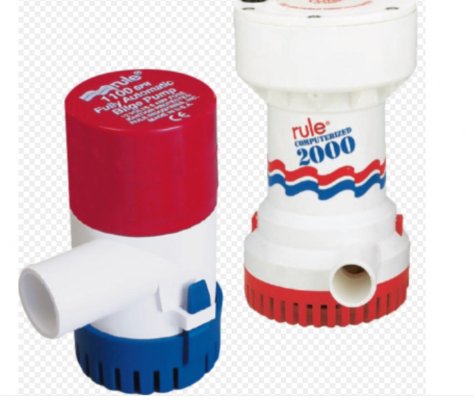bridaus
Senior Member
KK42 is my focus, but this might be fun for the whole forum...
I have two confirmed (and labeled on the bridge/panel), but I feel there is a third emergency (I know, "feel", but the PO didn't know anything about the boat, so I've had to discover many things myself.
My aft is in the deep well behind the engine. The front one I only know by the through hull and it running about once a day, I haven't found it yet, but haven't looked hard yet.
I have two confirmed (and labeled on the bridge/panel), but I feel there is a third emergency (I know, "feel", but the PO didn't know anything about the boat, so I've had to discover many things myself.
My aft is in the deep well behind the engine. The front one I only know by the through hull and it running about once a day, I haven't found it yet, but haven't looked hard yet.

